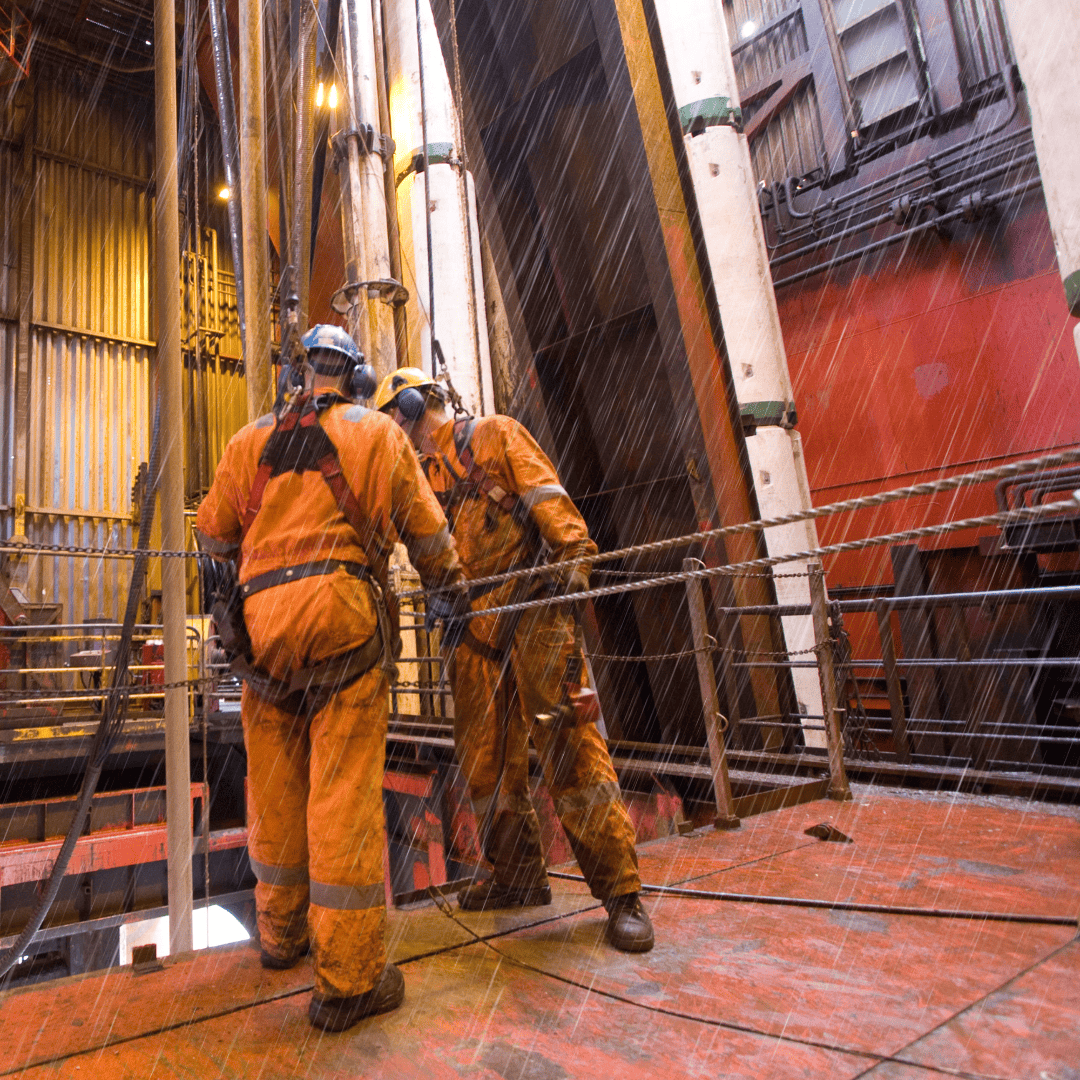
2024-03-26
How to choose the right chainsaw protective clothing?
Here are some key things to consider when choosing protective pants or leg warmers in an effort to minimize the risk of injury from cuts to the saw chain.
By: Mathieu Cayouette, Sales and Marketing Manager
Worker safety is a top priority when it comes to handling hazardous chemicals, working near electric arcs or being exposed to flames. Among the essential personal protective equipment, waterproof protective clothing plays an essential role in preventing accidents and injuries. Choosing the right waterproof protective garment can be a complex task, since it must offer adequate protection while ensuring workers' freedom of movement and a certain degree of comfort.
Learn more about the key factors to consider when selecting waterproof protective clothing, to ensure optimum safety in the workplace.
Protection requirements can vary from one sector to another, so it's important to choose waterproof protective clothing that meets the standards and regulations specific to your field of activity or business. That said, it can sometimes be difficult to find your way around. Don't hesitate to contact us if you need clarification on current standards.
Some jobs involve the risk of liquid spills or splashes, requiring garments with enhanced chemical resistance and optimal waterproofing. Other jobs may involve the risk of clothing tearing. Knowing the worker's tasks is a key factor in determining the right protective solution.
Some materials are more resistant to certain chemicals than others, so it's crucial to know the list of substances that will be handled or to which workers will be exposed in their working environment.
Some work environments can present risks of exposure to sparks or flames, so it's essential in such cases to choose flame-retardant waterproof protective clothing to ensure workers' full safety.
Other waterproof protective garments are specially designed to offer protection against arc flash, which is essential when your workers are carrying out live work.
Finally, it's important to make sure that the fabrics or garments you choose have been tested, and that the fabric manufacturer has the test or technical data sheet certifying that the protection is valid.
Workers can be exposed to high or low temperatures, so it's important to choose waterproof protective clothing that offers adequate protection for the working conditions. For example, some fabrics react poorly to cold and can crack, exposing the worker to danger. It's important to bear this in mind when choosing a garment.
